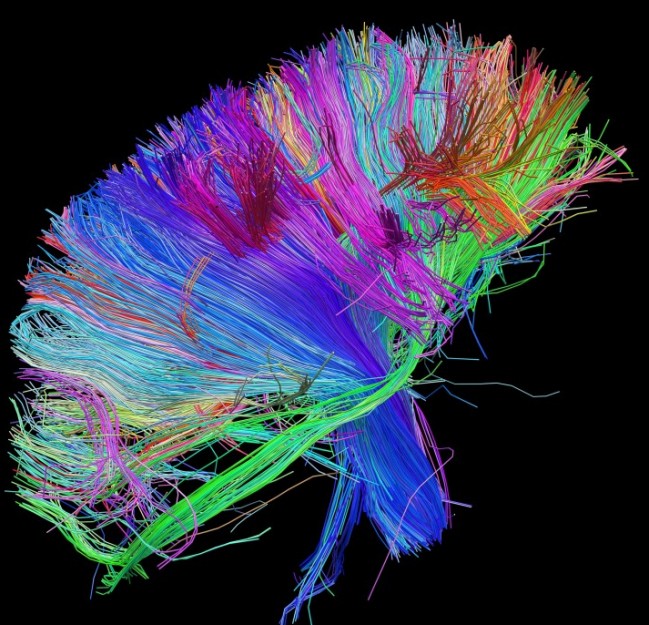Practice will help you improve in a field with well-defined and well-developed tasks, processes and rules. This includes areas like sports and musicianship. Though, keep in mind that it may indeed take some accident of genetics to be really good at one of these disciplines in the first place.
But, don’t expect practice to make you better in all areas of life, particularly in creative endeavors. Creativity stems from original thought not replicable behavior. Scott Kaufman director of the Imagination Institute at the University of Pennsylvania reminds us of this in a recent book review.” The authors of Peak: Secrets from the New Science of Expertise, psychologist Anders Ericsson and journalist Robert Pool, review a swath of research on human learning and skill acquisition and conclude that deliberate, well-structured practice can help anyone master new skills. I think we can all agree with this conclusion.
But like Kaufman I believe that many creative “skills” lie in an area of human endeavor that is firmly beyond the assistance of practice. Most certainly practice will help an artist hone and improve her brushstrokes; but practice alone will not bring forth her masterpiece. So, here is a brief summary of 12 key elements that Kaufman distilled from over 50 years of research studies into creativity:
Excerpts from Creativity Is Much More Than 10,000 Hours of Deliberate Practice by Scott Kaufman:
- Creativity is often blind. If only creativity was all about deliberate practice… in reality, it’s impossible for creators to know completely whether their new idea or product will be well received.
- Creative people often have messy processes. While expertise is characterized by consistency and reliability, creativity is characterized by many false starts and lots and lots of trial-and-error.
- Creators rarely receive helpful feedback. When creators put something novel out into the world, the reactions are typically either acclaim or rejection
- The “10-Year Rule” is not a rule. The idea that it takes 10 years to become a world-class expert in any domain is not a rule. [This is the so-called Ericsson rule from his original paper on deliberate practice amongst musicians.]
- Talent is relevant to creative accomplishment. If we define talent as simply the rate at which a person acquires expertise, then talent undeniably matters for creativity.
- Personality is relevant. Not only does the speed of expertise acquisition matter, but so do a whole host of other traits. People differ from one another in a multitude of ways… At the very least, research has shown that creative people do tend to have a greater inclination toward nonconformity, unconventionality, independence, openness to experience, ego strength, risk taking, and even mild forms of psychopathology.
- Genes are relevant. [M]odern behavioral genetics has discovered that virtually every single psychological trait — including the inclination and willingness to practice — is influenced by innate genetic endowment.
- Environmental experiences also matter. [R]esearchers have found that many other environmental experiences substantially affect creativity– including socioeconomic origins, and the sociocultural, political, and economic context in which one is raised.
- Creative people have broad interests. While the deliberate practice approach tends to focus on highly specialized training… creative experts tend to have broader interests and greater versatility compared to their less creative expert colleagues.
- Too much expertise can be detrimental to creative greatness. The deliberate practice approach assumes that performance is a linear function of practice. Some knowledge is good, but too much knowledge can impair flexibility.
- Outsiders often have a creative advantage. If creativity were all about deliberate practice, then outsiders who lack the requisite expertise shouldn’t be very creative. But many highly innovative individuals were outsiders to the field in which they contributed. Many marginalized people throughout history — including immigrants — came up with highly creative ideas not in spite of their experiences as an outsider, but because of their experiences as an outsider.
- Sometimes the creator needs to create a new path for others to deliberately practice. Creative people are not just good at solving problems, however. They are also good at finding problems.
In my view the most salient of Kaufman’s dozen ingredients for creativity are #11 and #12 — and I can personally attest to their importance: fresh ideas are more likely to come from outsiders; and, creativeness in one domain often stems from experiences in another, unrelated, realm.
Read Kaufman’s enlightening article in full here.


